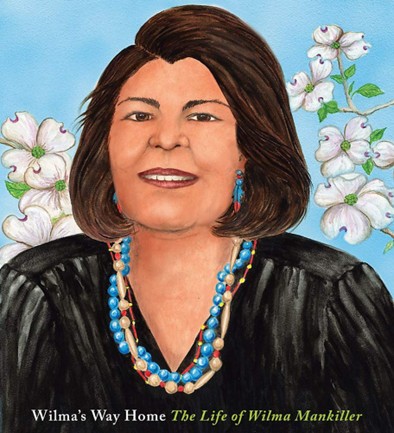English 2130 ETHNIC AMERICAN LITERATURE Spring, 2026
AMERICAN INDIAN LITERATURE AND CULTURE: Fiction, Film, Memoir, Poem and Song
Everybody has a story, God gave us each a song;
That’s how we know who we are,
That’s how we know we belong.
“Making A Noise,” Robbie Robertson, First Nations, Iroquois Confederacy, Canada
Leon Lewis Office: 244 Sanford Email:@appstate.edu
HOURS: M W 2:30-3:30, and by arrangement as needed
Section 101 - Online Asynchronous
Section 102 - Online Asynchronous

The scholar T. J. Arant has suggested that “mankiller” might be better understood as “Village Protector.”

